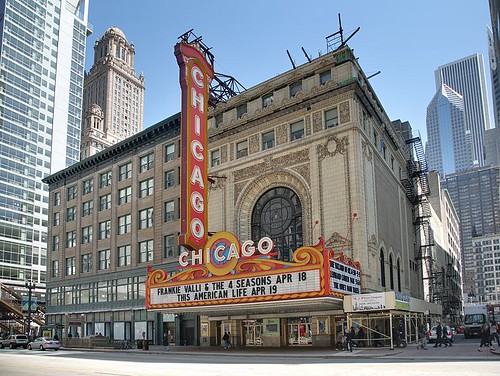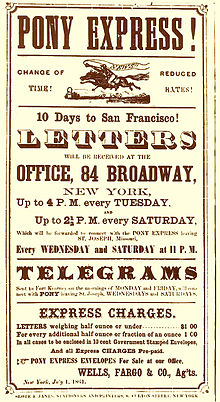Pan American Airways makes the first commercial flight of the Boeing 707 from New York City to Paris.
The Boeing 707 is a historic and iconic jet airliner that played a significant role in shaping the commercial aviation industry. It was the first commercially successful jet airliner and had a profound impact on air travel worldwide.
Development and Introduction:
The Boeing 707, also known as the “Dash 80,” was developed by Boeing in the late 1950s. It was a response to the growing demand for faster and more efficient air travel.
First Commercial Jet Airliner:
The Boeing 707 made its first flight on July 15, 1954, and it entered commercial service in October 1958 with Pan American World Airways (Pan Am). It was the first jet airliner to be widely used for passenger travel.
Technological Advancements:
The 707 was notable for its advanced jet engines, which provided greater speed and efficiency compared to earlier piston-engine airliners. It featured four turbojet engines, a swept-wing design, and a pressurized cabin, allowing for smoother, more comfortable flights at higher altitudes.
Range and Capacity:
The Boeing 707 came in several versions, with varying passenger capacities and ranges. It could carry between 140 and 189 passengers and had a range of 3,300 to 6,160 miles (5,310 to 9,920 kilometers), depending on the model.
Impact on Air Travel:
The Boeing 707 revolutionized air travel by making it faster, more reliable, and more comfortable. It significantly reduced travel times on long-haul routes and contributed to the growth of the global aviation industry.
Military Variants:
The Boeing 707 also had military variants, such as the E-3 Sentry (AWACS) and the E-6 Mercury, used for airborne early warning and command and control purposes by the United States Air Force and Navy, respectively.
Commercial Success:
The Boeing 707 was a commercial success and played a crucial role in establishing Boeing as a leading aircraft manufacturer in the commercial aviation industry. It became the basis for subsequent Boeing jetliner models, such as the Boeing 727, 737, 747, 757, 767, and 777.
Legacy:
While the Boeing 707 is no longer in commercial service, its legacy lives on through its contribution to the development of modern air travel. Many of its design principles and technologies continue to influence the design of contemporary jet airliners.
Retired and Museums:
Most Boeing 707s have been retired from commercial service, but some are preserved in aviation museums around the world. These museums showcase the historical significance of this groundbreaking aircraft.



